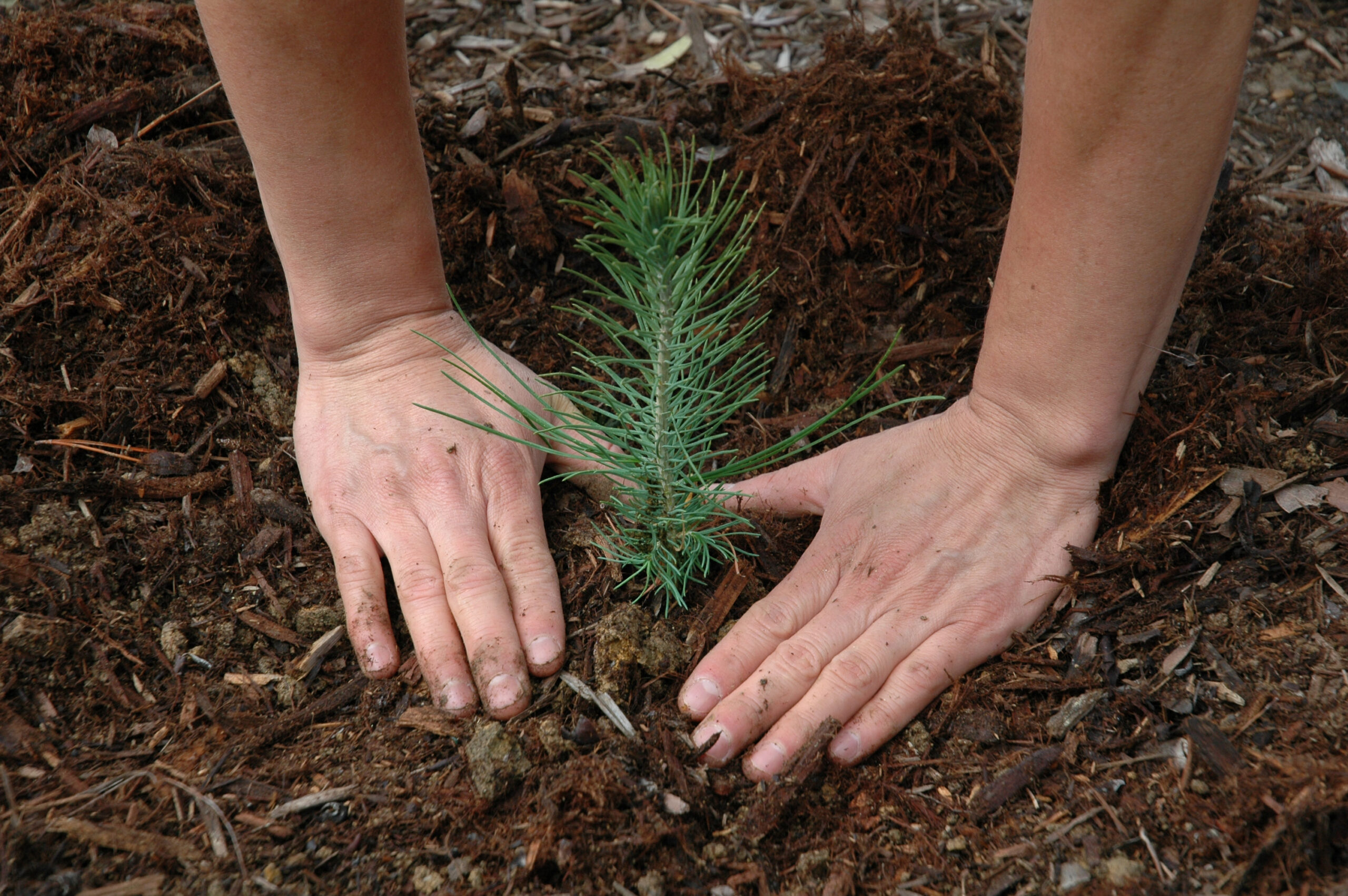
Caption: Forests are big carbon sinks, but not big enough to mitigate the effects of continuing high carbon emissions, researchers report in JGR Biogeosciences.
Credit: Pacific Southwest Forest Service USDA
AGU News
Nominate yourself or a colleague for AGU’s 2024 Journalism Awards
Awards for news and feature writing honor outstanding reporting in the Earth and space sciences published in the previous year (2023). Self-nominations are encouraged. The deadline is 27 March 2024 at 11:59 p.m. ET. [press release]
Book housing for the Ocean Sciences Meeting by 24 January
Browse nearly 5,000 abstracts for #OSM24, held 18-23 February in New Orleans, and register with housing before the housing deadline on 24 January. [OSM24 scientific program][OSM24 press registration][press release]
Featured Research
Drying, not just dry weather, will dry out central US
Climate change will bring water shortages to many parts of the United States, but today’s least rainy regions are not always the most at risk. Heat-driven evaporation from soil and plants may be a bigger future problem than lack of rain for northern Midwest states, according to a new analysis of water vulnerability and its sources across the contiguous states under high and low carbon emissions. [Geophysical Research Letters research]
Known unknowns and unknown unknowns of drinking water contamination
A review explores the state of the science on “contaminants of emerging concern,” an ever-expanding class of potential chemical and biological hazards, and how future changes in weather, population and demographics could complicate the availability of potable water. [GeoHealth review]
Forestation is not enough to cool the planet
Growing trees can bank a lot of carbon, but not enough to significantly mitigate global warming through carbon dioxide removal if carbon emissions remain high. [JGR Biogeosciences research]
How heat rises through Europa’s ocean
A new study examines how heat may be transferred from the mantle, through the ocean, and into the icy crust of Europa, one of Jupiter’s moons — perhaps among the most promising places in our solar system to search for life. [Eos research spotlight][AGU Advances research]
Glaciers rise and fall — and melt — with tides
The effect of ocean water creeping beneath Greenland ice is stronger than scientists realized. [Eos research spotlight][Geophysical Research Letters research]
Plants reveal the history of Earth’s largest tropical ice cap
Rooted plants buried by advancing outlet glaciers illustrate rapid changes in the extent of Quelccaya Ice Cap in Peru during the Holocene. [Eos editors’ highlight][JGR Earth Surface research]
Subscribe to AGU News or update your subscription preferences.
AGU (www.agu.org) is a global community supporting more than half a million advocates and professionals in Earth and space sciences. Through broad and inclusive partnerships, AGU aims to advance discovery and solution science that accelerate knowledge and create solutions that are ethical, unbiased and respectful of communities and their values. Our programs include serving as a scholarly publisher, convening virtual and in-person events and providing career support. We live our values in everything we do, such as our net zero energy renovated building in Washington, D.C. and our Ethics and Equity Center, which fosters a diverse and inclusive geoscience community to ensure responsible